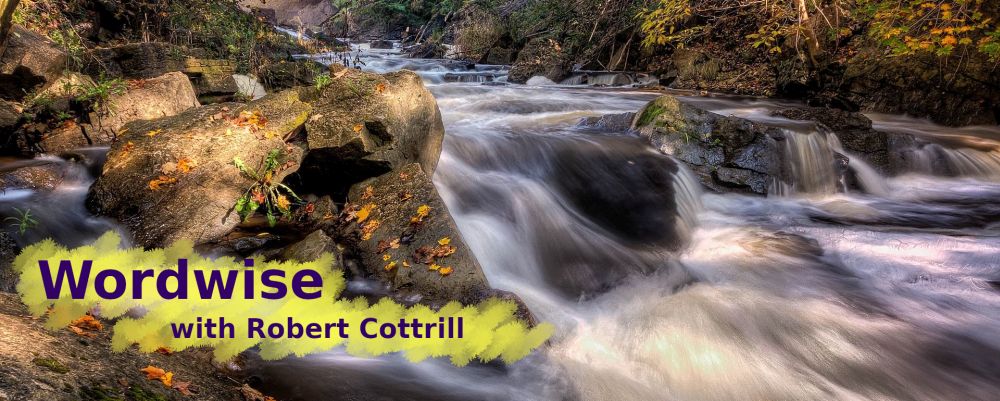Ride On, Ride On in Majesty
Words: Henry Hart Milman (b. Feb. 10, 1791; d. Sept. 24, 1868)
Music: Hebron, by Lowell Mason (b. Jan. 8, 1792; d. Aug. 11, 1872)
Note: Though it was written in 1820, Milman’s hymn was first published in 1827, in Hymns Written and Adapted to the Weekly Church Service of the Year. The hymns in the book were gathered by another hymn writer, Reginald Heber (1783-1826), and the volume was published after his death. (Bishop Heber gave us such hymns as Holy, Holy, Holy, and From Greenland’s Icy Mountains; and The Son of God Goes Forth to War.)
Reginald Heber was deeply impressed with the brilliance and effectiveness of Henry Milman’s hymn poem. He had approached other poets for a contribution, and received nothing. He wrote to Dr. Milman:
“You have indeed sent me a most powerful reinforcement to my projected hymn book. A few more such and I shall neither need nor wait for the aid of [Sir Walter] Scott and [Robert] Southey.”
(Stanza numbers in brackets below refer to the stanza number in The Cyber Hymnal. Find the link at the bottom of the article.)
This is a Palm Sunday hymn, describing in an ironic way the Triumphal Entry of Christ into Jerusalem (Matt. 21:1-9; Mk. 11:1-10; Lk. 19:28-38; Jn. 12:12-18). That constituted the official presentation of Jesus to Israel, as her Messiah-King (cf. Zech. 9:9). But after a brief flurry of excitement, He was rejected and crucified. In the hymn, we see both what the scene looked like, and something of what was actually happening, unknown to many.
The power of the hymn lies in the way the first line of each stanza contrasts with what follows. “Ride on, ride on, in majesty!” sounds a great note of triumph. But set against that is something quite different. It is hinted at in (1) with the words, “O Saviour meek, pursue Thy road–meaning the road to Calvary and the agonies of the cross. It should be noted that the latter was not Milman’s original line. Line three in (1) was changed from, “Thine humble beast pursues his road” (referring to the donkey Jesus rode, Mk. 11:7). I believe the change, in this case, has merit.
(1) Ride on, ride on, in majesty!
Hark! all the tribes hosanna cry;
O Saviour meek, pursue Thy road
With palms and scattered garments strowed.
The next stanza gets more explicit, with its “In lowly pomp ride on to die!” And a second important note is introduced. Though death awaits the Saviour, it’s recognized that this will lead, in a humanly unforeseen and dramatic way, to the triumph of redemption, a conquest over sin and death.
(2) Ride on, ride on, in majesty!
In lowly pomp ride on to die!
O Christ! Thy triumph now begin
Over captive death and conquered sin.
In (3) there is a striking picture of the holy angels looking down upon the scene “with sad and wondering eyes.” Even they did not fully understand the work of salvation, or its motivation. These are “things which angels desire to look into” (I Pet. 1:12). Or as Weymouth puts it: “Angels long to stoop and look into these things.”
(3) Ride on, ride on, in majesty!
The wingèd squadrons of the sky
Look down with sad and wondering eyes
To see th’approaching sacrifice.
Of the original five stanzas, (4) is usually omitted–perhaps because the meaning of the last line is not clear. Does Milman mean that God the Father confidently anticipates that His Son will fulfil the mission on which He was sent, to give His life a ransom for sin? Or does He mean that the Father looks forward to the triumphant return of His Son to heaven, after He has completed His redemptive work? Either or both would do.
(4) Ride on, ride on, in majesty!
Thy last and fiercest strife is nigh;
The Father, on His sapphire throne,
Expects His own anointed Son.
The first two lines of (5) repeat what we have at the beginning of (2). But the last two lines provide a stirring climax to the hymn. The deity of Christ is clearly proclaimed. He is God incarnate. And the author fully understands that His death was not a defeat, but an incalculable victory. After His death (and resurrection), after His anticipated ascension to the Father’s right hand, Christ will return, claim His kingly power, and reign as King of kings, and Lord of lords.
(5) Ride on, ride on, in majesty!
In lowly pomp ride on to die;
Bow Thy meek head to mortal pain,
Then take, O God, Thy power, and reign.
Questions:
- It is impossible to fully comprehend the thoughts Christ must have had at the time of His entry into the city. But what emotions do you imagine He may have been feeling?
- Can you think of any other hymns that so powerfully combine the tragedy and triumph of the cross?
Links:
- 10 February 1791 – Henry Milman Born
- Ride On, Ride On In Majesty! (The Cyber Hymnal)
